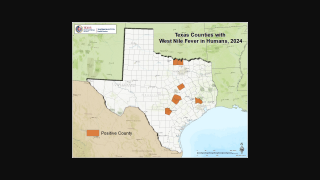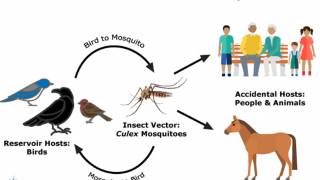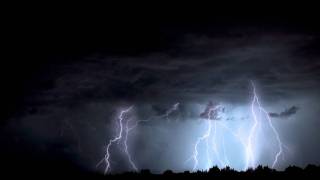West Nile Virus Reporting Delays Can Cost Lives

New research found significant delays in the reporting of human West Nile virus which limits the responsiveness of healthcare providers to appropriately treat infected patients.
This is important information since 137 deaths during 2018 were related to the West Nile Virus (WNV).
According to a study published in the JAMA Network Open on April 26, 2019, it was discovered that human cases of WNV in the USA were delayed by 2 to 14 weeks, segmented between illness onset and the confirmation of the virus.
These reporting delays were due to the length of time it took health departments to confirm a West Nile case or the notification process between healthcare providers and the health department.
This study showed that reliable forecasts of WNV outbreaks are possible using a mathematical model and real-time reports of human and mosquitoes testing positive of the disease.
But, it is impossible with the lags in reporting that exist, said these researchers.
Better and more reliable forecasts would empower public officials to issue more accurate health information to the community in real time, which helps prevent possible illness and deaths.
The lead study author, Nicholas DeFelice, Assistant Professor of Environmental Medicine & Public Health at Icahn School of Medicine at Mount Sinai, said in a press release, "With improved surveillance, there is greater potential for objective infectious disease forecasts that will allow public health officials to address infectious disease threats in a proactive fashion."
In the continental USA, the arbovirus most monitored is WNV, which is a member of the family Flaviviridae, genus Flavivirus.
As of January 8, 2019, a total of 49 states and the District of Columbia reported 2,544 WNV infections in people. Of these, 1,594 (63%) were classified as neuroinvasive diseases, such as meningitis or encephalitis and 950 (37%) were classified as a non-neuroinvasive disease.
And, the states of California (204) and Nebraska (245) reported the most WNV cases during 2018.
With Los Angeles County reporting 43 human WNV cases during 2018.
WNV’s mild symptoms are flu-like and may include fever, headache, body aches and sometimes a rash. Symptoms may last from a few days to a few weeks.
However, in some cases, severe symptoms may include high fever, stiff neck or a potentially fatal central nervous system illness causing inflammation of the brain or spinal cord.
Moreover, 10 percent of people die after falling ill to the central nervous system illness caused by the virus.
Recent West Nile Virus news:
- West Nile Virus Became Permanent Arizona Resident in 2018
- Texas Reports 120th West Nile Virus Case During 2018
There are no vaccines to prevent or medications to treat WNV, says the CDC.
But, there is potentially some good news on the horizon regarding a WNV preventive vaccine.
An experimental vaccine candidate HydroVax-001 is in an active phase 1 clinical trial. Unfortunately, this means it is many years away from receiving FDA approval.
For more information about this Mount Sinai study click here.
Our Trust Standards: Medical Advisory Committee

























